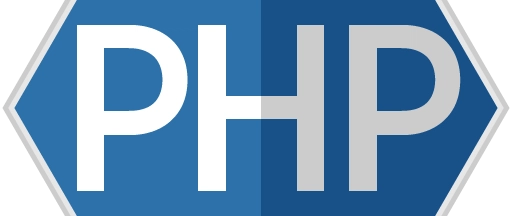PHP AS A WEBSITE DEVELOPMENT TOOL
- Introduction to PHP Website development and applications have are now been part and parcel of our everyday life that cuts across various areas. The need for website development and applications are growing as it serves with us with many easy and conveniences in our daily endeavours in areas as such; businesses, education, health care, to mention a few. Generally, there are two categories to website development; static website and dynamic website. Web programming can be briefly categorized into client and server coding. The client side needs programming related to accessing data from users and providing information. It also needs to ensure there are enough plugins to enrich user experience in a graphic user interface, including security measures. To improve user experience and related functionalities on the client side, JavaScript is usually used. It is an excellent client-side platform for designing and implementing Web applications. HTML5 and CSS3 support most of the client-side functionality provided by other application frameworks. The server side needs programming mostly related to data retrieval, security and performance. Some of the tools used here include ASP, Lotus Notes, PHP, Java and MySQL. There are certain tools/platforms that aid in both client-side and server-side programming. Some examples of these are Opa and Tersus. PHP is a recursive acronym for “PHP: Hypertext Preprocessor” — It is a widely-used as an Open Source, meaning that they are free development tools, and there is a large community of dedicated volunteer programmers who contribute to making improvements and are continuously adding features. It is a general-purpose scripting language that is especially suited for web development and can be embedded into HTML. Apart from PHP there exits other scripting languages that have been designed in order to develop a website, some of these include; PERL, Microsoft ASP.NET, Java Server Page to mention a few.
Evolution of PHP
PHP has undergone many evolutionary stages since it was born in the year 1994 by Rasmus Lerdorf. He created the PHP scripting language, authoring the first two versions of the language and participated in the development of later versions led by a group of developers. PHP has evolved through many versions, with the current version at PHP 7 starting from PHP 1.
Why consider PHP
For the consideration of any scripting language, there are reasons to consider. For PHP here are some reasons in light to consider using it;
•PHP has been an open source software, meaning that they are free development tools, and there is a large community of dedicated volunteer programmers to help with any issues relating to the software.
•PHP’s flexibility to run on various OS platforms like; Windows, Linux, Unix, Mac OS, etc. make it acceptable by different users.
•PHP supports a wide range of databases to mention a few; MSQL, iBase, LDAP, Oracle, PDO, ODBC, Netezza etc.
•PHP is easy to learn and runs efficiently on the server side.
•PHP has been widely ported and can be deployed on most web servers on almost every operating system and platform. About 80% of the world’s website mainly uses PHP.
What Can PHP Do?
•PHP can generate the dynamic page content
•PHP can create, open, read, write, delete, and close files on the server
•PHP can collect form data
•PHP can send and receive cookies
•PHP can add, delete, and modify data in your database
•PHP can be used to control user access
•PHP can encrypt data
•With PHP you are not limited to output HTML. You can output images, PDF files, and even Flash movies. You can also output any text, such as XHTML and XML.





Top comments (0)